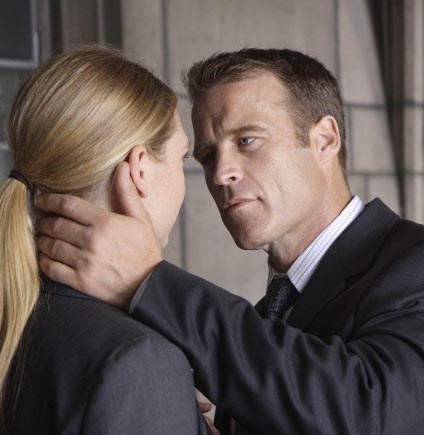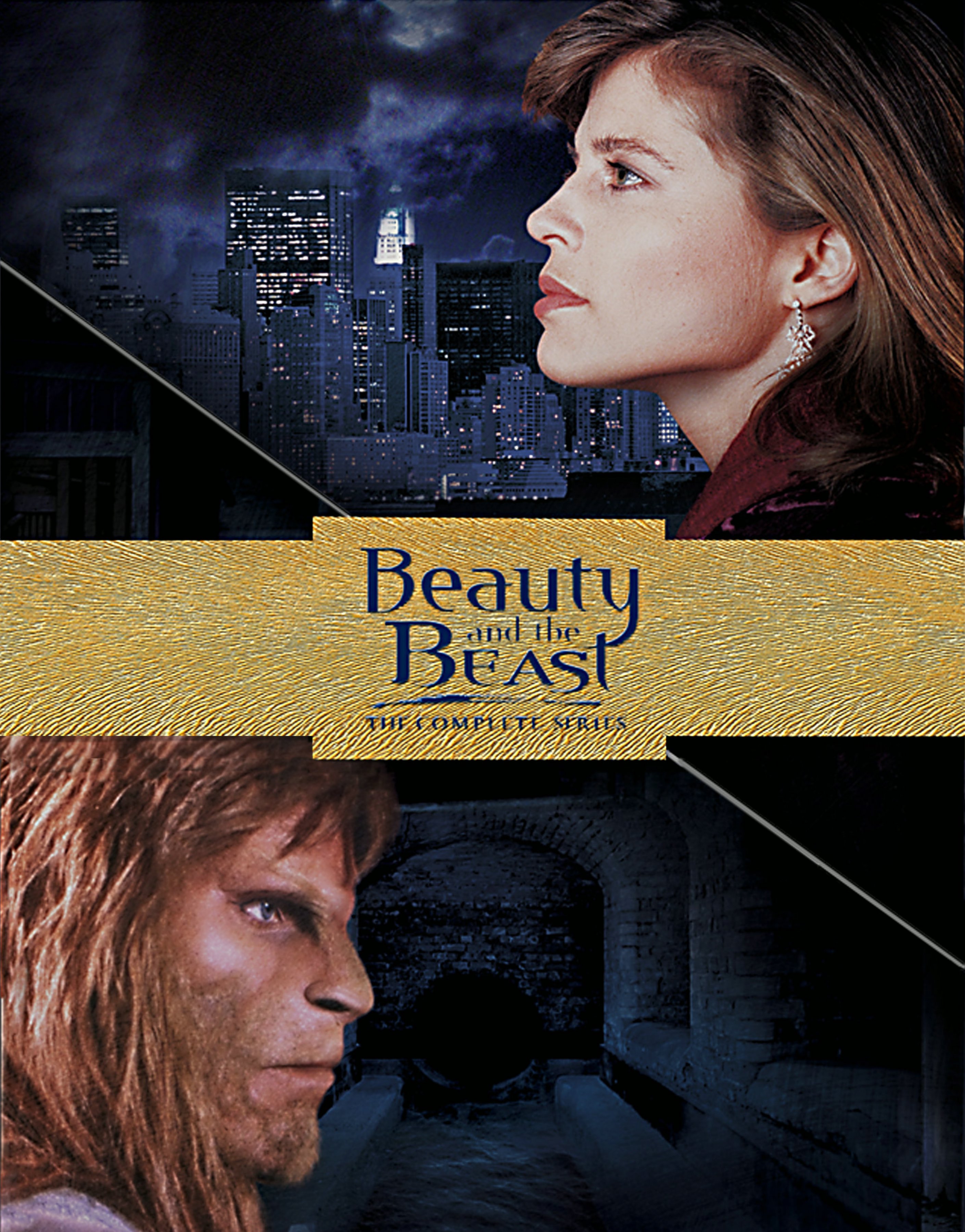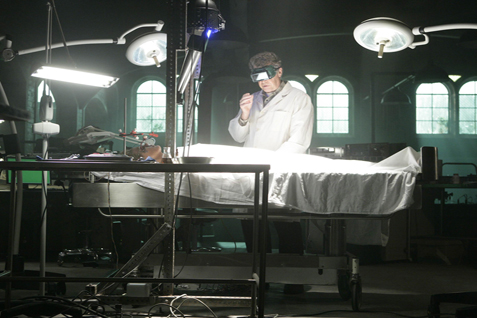Review: ‘Fringe’ Episode #105
 Note: Click here for the last mystery!
Note: Click here for the last mystery!
Autopsy Report: “Power Hungry”
From Fox: “When it’s discovered that a rather simple man has the ability to harness electricity, dangerous and deadly occurrences follow, and our unlikely trio investigates this super-charged oddity. Meanwhile, Olivia has a high-voltage encounter of a different kind when she is rocked by a blast from her past, and Dr. Bishop turns to his feathered friends and enlists homing pigeons to help him break the case.”
Doctor’s Notes
Hot off the heels of Fringe‘s best episode to date comes its worst. “Power Hungry” is a boring, by-the-numbers procedural that weakly nods its head to the previous installment. Just as [[[Fringe]]] proved its merit as innovating and captivating in “The Arrival,” this episode displays just how boring the high concept show can get.
In the episode, the Fringe crew pursues Joseph Meegar, a man who can discharge high amounts of electricity due to the experiments enacted on him by a scientist named Jacob Fischer. Meanwhile, Olivia deals with the ramifications of her strange visions of former lover John Scott, who is thought to be dead. By episode’s end, Walter reveals that part of John’s consciousness is actually stuck in Olivia’s brain as a result of their mind-melding in the series pilot. Mystery solved.
We’ll save you the trouble by answering the obvious question: Yes, that’s really all that happens this episode in terms of any plot movement. It’s true that John literally being inside of Liv’s head is fairly unique, but the whole figment-of-the-imagination thing has been beaten to death before. The fact that “The Arrival” concludes with John Scott showing up at Olivia’s home is resolved by him being a mental projection is very boring. Maybe it would’ve more exciting if the previous episode’s ending didn’t hinge on the reveal, but it did. As a result, the answer is wholly unsatisfying, as the mystery behind why Massive Dynamic has Scott’s body ends up being a completely separate entity.


 In 1987, television was evolving. Thanks to [[[Hill Street Blues]]], the way dramatic stories were presented became more complex, the storytelling more diverse and the stories more compressed. The subject matter was also starting to broaden, moving beyond cops, lawyers and doctors. It was just before the SF wave kicked off with [[[Star Trek: The Next Generation]]] but that didn’t stop CBS from trying something a little different.
In 1987, television was evolving. Thanks to [[[Hill Street Blues]]], the way dramatic stories were presented became more complex, the storytelling more diverse and the stories more compressed. The subject matter was also starting to broaden, moving beyond cops, lawyers and doctors. It was just before the SF wave kicked off with [[[Star Trek: The Next Generation]]] but that didn’t stop CBS from trying something a little different. The Flash Gordon Serials, 1936-1940: A Heavily Illustrated Guide
The Flash Gordon Serials, 1936-1940: A Heavily Illustrated Guide Imagine an inter-company "Crisis" style crossover that included The Muppets, The Incredibles, Farscape and even some of the cast of Cthulhu. Ok, farfetched, but all these titles from one company are not. We have the latest from Boom! Studios, plus:
Imagine an inter-company "Crisis" style crossover that included The Muppets, The Incredibles, Farscape and even some of the cast of Cthulhu. Ok, farfetched, but all these titles from one company are not. We have the latest from Boom! Studios, plus: Jonathan Mahood’s
Jonathan Mahood’s  After two 30 minute office visits and a little homework, we listened to the therapist tell us, matter-of-factly and unequivocally, that our relationship was somewhere south of hopeless, we had nothing for each other, the sooner we went back to being merely colleagues, the better for all concerned. I wasn’t surprised, and I don’t think she was either. But I guess I didn’t expect the final pronouncement to come so quickly and definitively.
After two 30 minute office visits and a little homework, we listened to the therapist tell us, matter-of-factly and unequivocally, that our relationship was somewhere south of hopeless, we had nothing for each other, the sooner we went back to being merely colleagues, the better for all concerned. I wasn’t surprised, and I don’t think she was either. But I guess I didn’t expect the final pronouncement to come so quickly and definitively. Sarah Michelle Gellar is set to appear in the ensemble drama The Wonderful Maladys for HBO. Written by Charles Rudolph, he said he had the Buffy actress in mind for the series which will be set in New York City.
Sarah Michelle Gellar is set to appear in the ensemble drama The Wonderful Maladys for HBO. Written by Charles Rudolph, he said he had the Buffy actress in mind for the series which will be set in New York City. Any fan of the ABC series Pushing Daisies is probably aware that creator Bryan Fuller was also the creative mind behind both critically acclaimed, yet short-lived series Wonderfalls and Dead Like Me, but it is not as well known that Fuller is also a full-on Star Trek fan, and in fact has even written 21 episodes for the lore: 2 for Deep Space Nine and 19 for Voyager. Fuller recently sounded off on J.J. Abrams’ new Trek film and his interest on taking the helm for a modern interpretation of the 1960’s hit.
Any fan of the ABC series Pushing Daisies is probably aware that creator Bryan Fuller was also the creative mind behind both critically acclaimed, yet short-lived series Wonderfalls and Dead Like Me, but it is not as well known that Fuller is also a full-on Star Trek fan, and in fact has even written 21 episodes for the lore: 2 for Deep Space Nine and 19 for Voyager. Fuller recently sounded off on J.J. Abrams’ new Trek film and his interest on taking the helm for a modern interpretation of the 1960’s hit. Hey, kids. Have you ever watched someone on TV and thought to yourself "Man, that presidential candidate seems almost like a parody of Frank Miller’s aging Batman from The Dark Knight Returns"?
Hey, kids. Have you ever watched someone on TV and thought to yourself "Man, that presidential candidate seems almost like a parody of Frank Miller’s aging Batman from The Dark Knight Returns"? Previously on Fringe…
Previously on Fringe…








